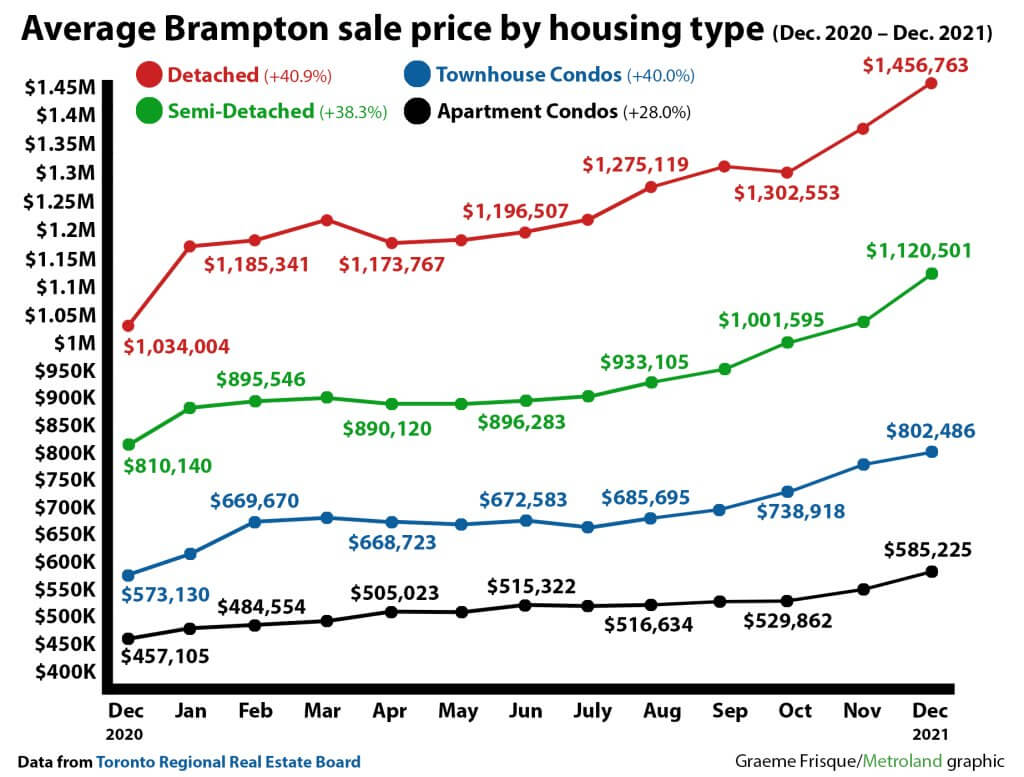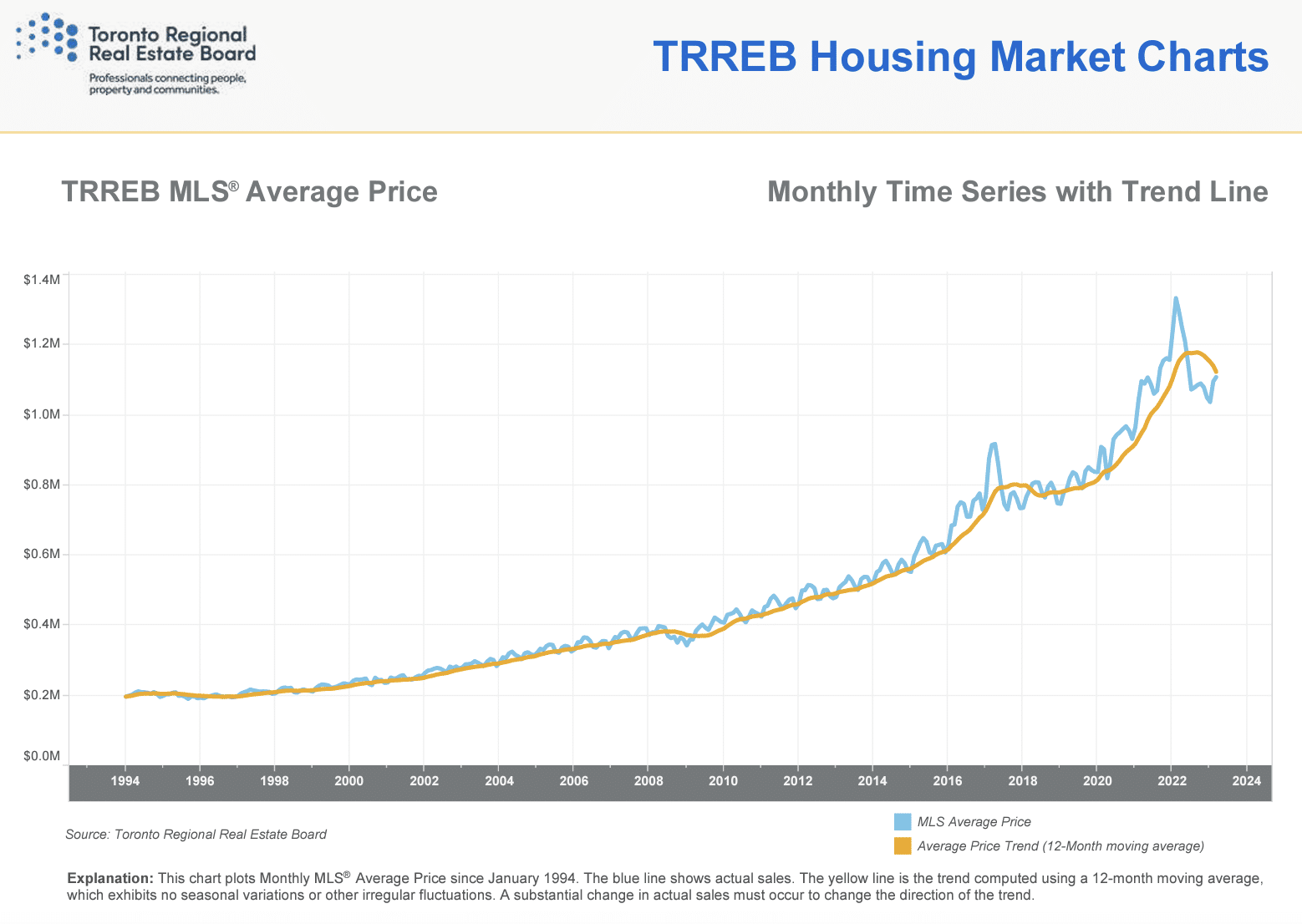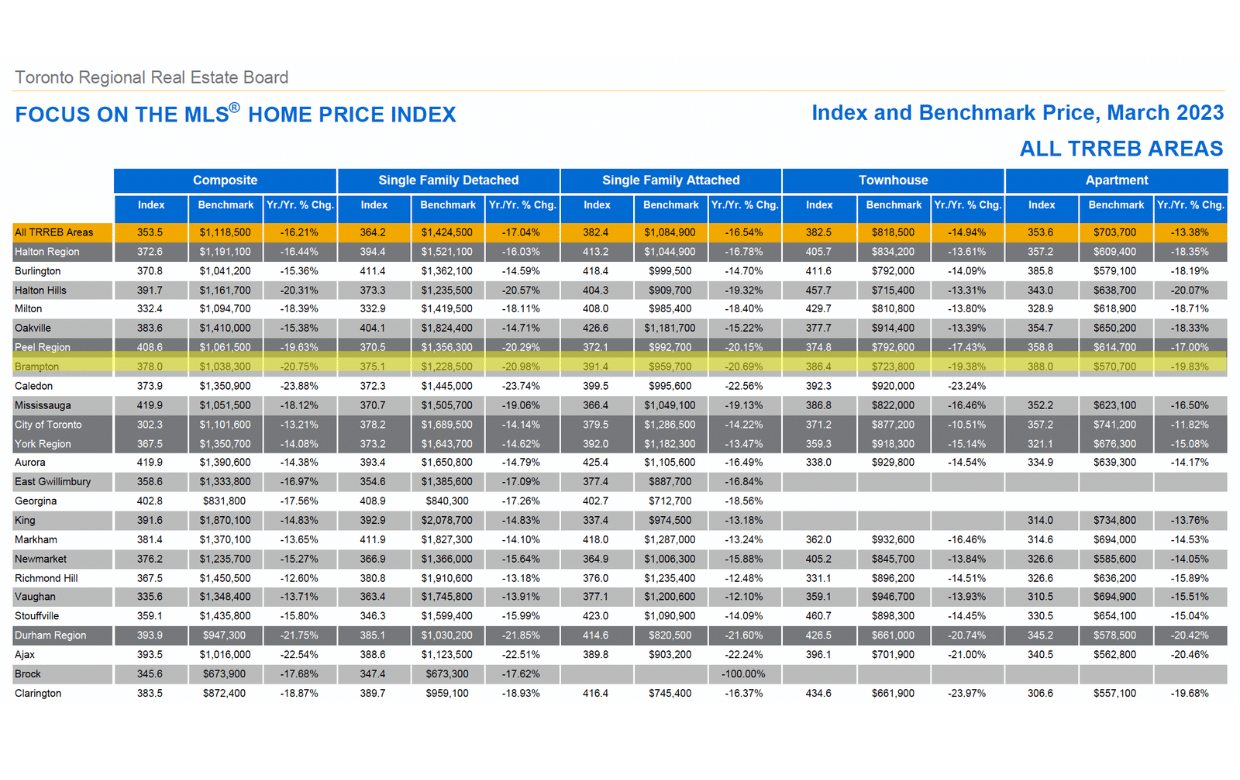Owning a home is a dream for many, and with some smart budgeting, you can make that dream a reality without breaking the bank.
This article will guide you through the process of budgeting for your first home in a straightforward and easy-to-understand manner.
10 Steps to Budget Wisely on Your First Home Purchase
1) Set a Clear Budget Goal
Before you start browsing listings and attending open houses, it is important to establish a clear budget goal. Calculate your total income, including any stable sources of income. Then, subtract your monthly expenses, such as bills, groceries, and transportation. The remaining amount will give you a rough idea of how much you can afford to allocate toward your mortgage payments and down payment.
2) Save, Save, Save
Now that you have a budget goal in mind, it is time to start saving. Cut back on unnecessary expenses and find creative ways to save money. Pack your lunch for work, brew your coffee at home, and consider using public transportation or carpooling. Every penny saved brings you closer to your dream home.
3) Be Mindful of Hidden Costs
As you start exploring the real estate market, remember that the cost of buying a home goes beyond the purchase price. There are various hidden costs to consider, such as home inspections, closing costs, and property taxes. Set aside a contingency fund for these expenses, so they don’t catch you off guard.
4) Down Payment Dilemma
Saving for a down payment can be daunting, but it is a vital step in the home-buying process. Aim to save at least 20% of the home’s purchase price as a down payment. While it might seem challenging, doing this will reduce your monthly mortgage payments and can save you money in the long run.
5) Shop Around for Mortgages
When it comes to choosing a mortgage, don’t settle for the first option you come across. Shop around and compare different lenders to find the best interest rates and terms that suit your budget. A lower interest rate can save you thousands of dollars over the life of your loan.
6) Consider Hidden Gem Neighborhoods
While you may have your heart set on a specific neighborhood, keep an open mind and explore nearby areas that might be more affordable. Hidden gem neighborhoods often offer excellent amenities, easy access to public transport, and potential for appreciation.
7) Get Pre-Approved for a Loan
Getting pre-approved for a mortgage not only boosts your confidence as a buyer but also gives you a clear idea of how much you can afford. This pre-approval letter shows sellers that you are serious and financially ready to make an offer.
8) Negotiate Like a Pro
Don’t be afraid to negotiate the purchase price. In a competitive market, sellers might be willing to negotiate to close the deal quickly. Stay firm on your budget and be ready to walk away if the price exceeds your limit.
9) Plan for Homeownership Costs
Homeownership comes with ongoing costs beyond your mortgage. Consider utilities, maintenance, and potential renovations when budgeting for your new home. Having an emergency fund for unexpected repairs will also ease your mind in the long run.
10) Seek Professional Guidance
If you find yourself overwhelmed or unsure, seek guidance from Team Arora reality. we are a reputable real estate agent and can guide you through the whole first-time home buyer process. we can also provide invaluable insights and help you make informed decisions.
Conclusion
To round it all up, budgeting for your first home may seem like a daunting task, but with careful planning, determination, and a little bit of sacrifice, you can make it happen. Stick to your budget, explore various options, and remember, your dream home is within reach.









